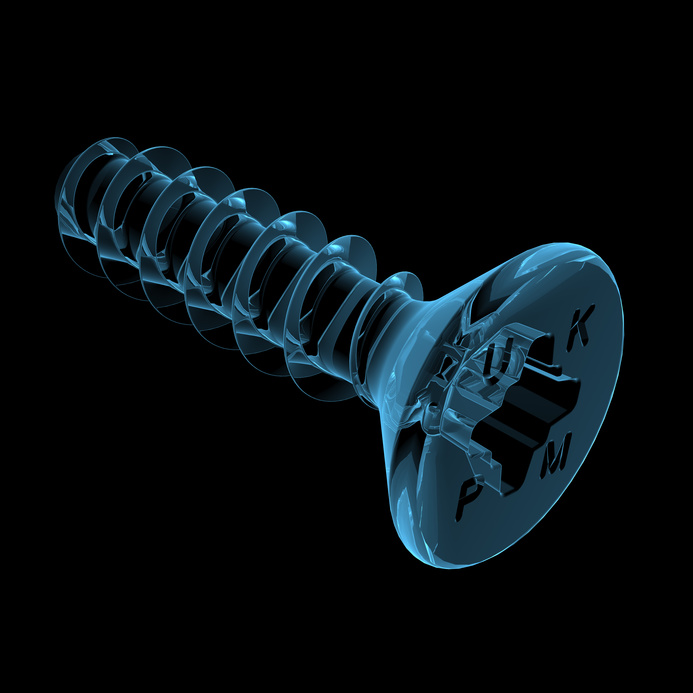
While CT scanning services are known widely as medical services to examine the human body, they can also be used as industrial services to the automobile, aerospace, defense industries, and even full-circle to the medical community.
Just as the human body undergoes analysis through an xray, industrial xray inspection analyzes machine parts to assess their construction before they are assembled. NDT, or non destructive testing, is a method of inspection used to assess the quality of equipment without destroying the parts. In many cases, this comes in the form of first article inspections, where a machines parts are evaluated before being constructed. The production part approval process (PPAP) is conducted by evaluating the parts based on a series of predetermined geometric dimensioning and tolerance (GDandT) points, which determine the part’s safety and functionality.
Before CT was repurposed, NDT was harder to achieve in the manufacturing industry. The best way to see if a machine part was suitable was to destroy and analyze it. That would be like slicing a human arm open to see if the radius was broken. With CT, reverse engineering can be used to create a 3D replica of a scanned product in order to test it without harming the product itself.
Because there is no one-size-fits all metric for mechanical parts, each part must undergo a different type of inspection. Different industrial xray inspection and CT scanners exist to asses the different parts under the necessary metrologies to comply with GDandT standards.
The downside to industrial CT scanning is that the scanners are not portable. Just as someone would need to see a radiologist to have images of their body take, a manufacturer must send their parts to a metrology center for inspection.
This service revolutionizes the manufacturing industry by conserving resources that would otherwise be sacrificed to test products and therefore destroyed. While traditional inspection methods can take weeks to complete and analyze, digital scanning inspections take a fraction of the time. It allows manufacturers to make informed decisions at every stage of development in order to make the most stable, functional parts, and therefore stable, functional products, in a faster turnaround period.
